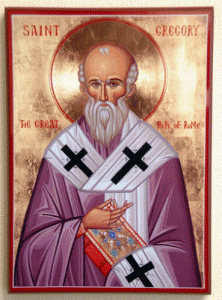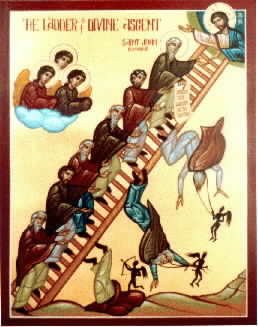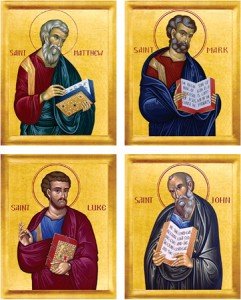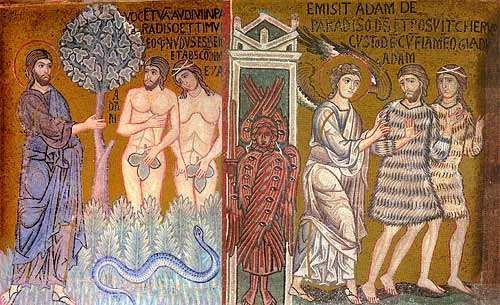![]() In the Eastern Church’s experience and tradition, the Church is herself a sacrament. Historians of theology have many times noted that in the early patristic tradition we find no definition of the Church. The reason for this, however, lies not in the “lack of development” of the theology of that time but in the fact that in her early tradition the church was not an object of “definition” but, rather, the living experience of the new life. This experience was sacramental and symbolical by its very nature, for the Church exists in order to be always changing into that same reality that she manifests, the fulfillment of the invisible in the visible, the heavenly in the earthly, the spiritual in the material.
In the Eastern Church’s experience and tradition, the Church is herself a sacrament. Historians of theology have many times noted that in the early patristic tradition we find no definition of the Church. The reason for this, however, lies not in the “lack of development” of the theology of that time but in the fact that in her early tradition the church was not an object of “definition” but, rather, the living experience of the new life. This experience was sacramental and symbolical by its very nature, for the Church exists in order to be always changing into that same reality that she manifests, the fulfillment of the invisible in the visible, the heavenly in the earthly, the spiritual in the material.
The Church is a sacrament in the cosmic sense because she manifests in “this world” the genuine world of God as He first created it. A world which is oriented to its Creator in love.
Being a sacrament in the most profound and comprehensive sense of the term, the Church creates, manifests and fulfills herself in and through the sacraments, and above all through the Eucharist, the “sacrament of sacraments.” For if the Eucharist is the sacrament of the world and its fulfillment as the Kingdom of God, then it is completed by the Church’s ascent to heaven, to the “homeland of the heart’s desire,” the messianic banquet of Christ, in His kingdom.
I would draw your attention to the last paragraph and have you reflect on it. The Divine Liturgy is the HEAVENLY BANQUET of Christ IN HIS KINGDOM. When we pray the Divine Liturgy together, we declare right in the beginning that we believe that during our worship we place ourselves in GOD’S KINGDOM. In His Kingdom there is this banquet – the spiritual meal began by Jesus when He was physically here on earth – to allow us “union with” God in a real, concrete and personal manner. When we pray the Liturgy we are joined to all the faithful already in the Kingdom and Jesus, the Christ, is truly present among us. We hear in one of the prayers after the Our Father: Look down, O Lord Jesus Christ…Who are seated on high with the Father and dwell here invisibly among us.
It is important that, as we pray, we make an act of faith and believe that Christ IS invisibly among us.







